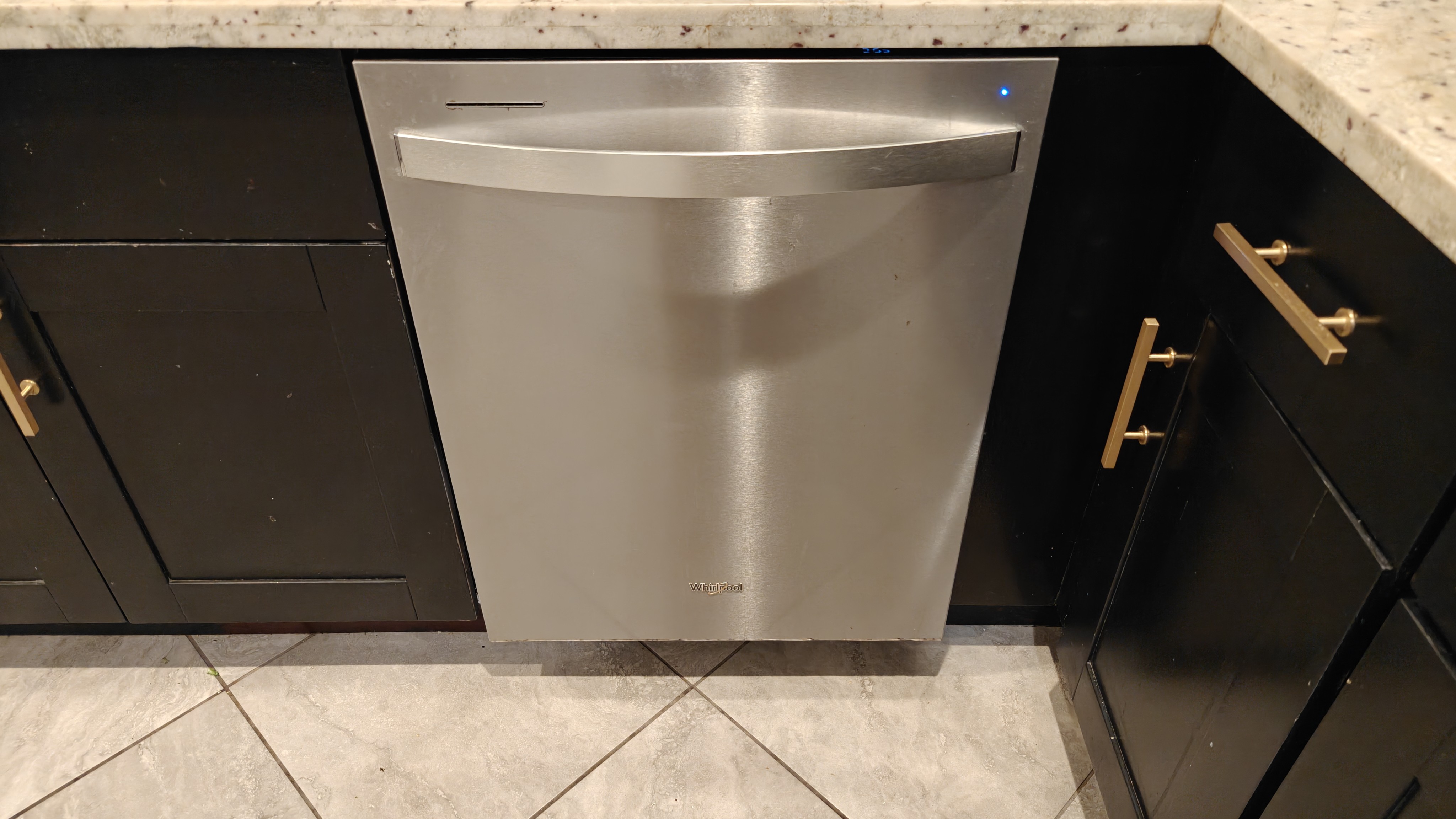Best video doorbells: top picks for your home, chosen by experts
Get the very best video doorbell for your property to enhance security and avoid missing deliveries.
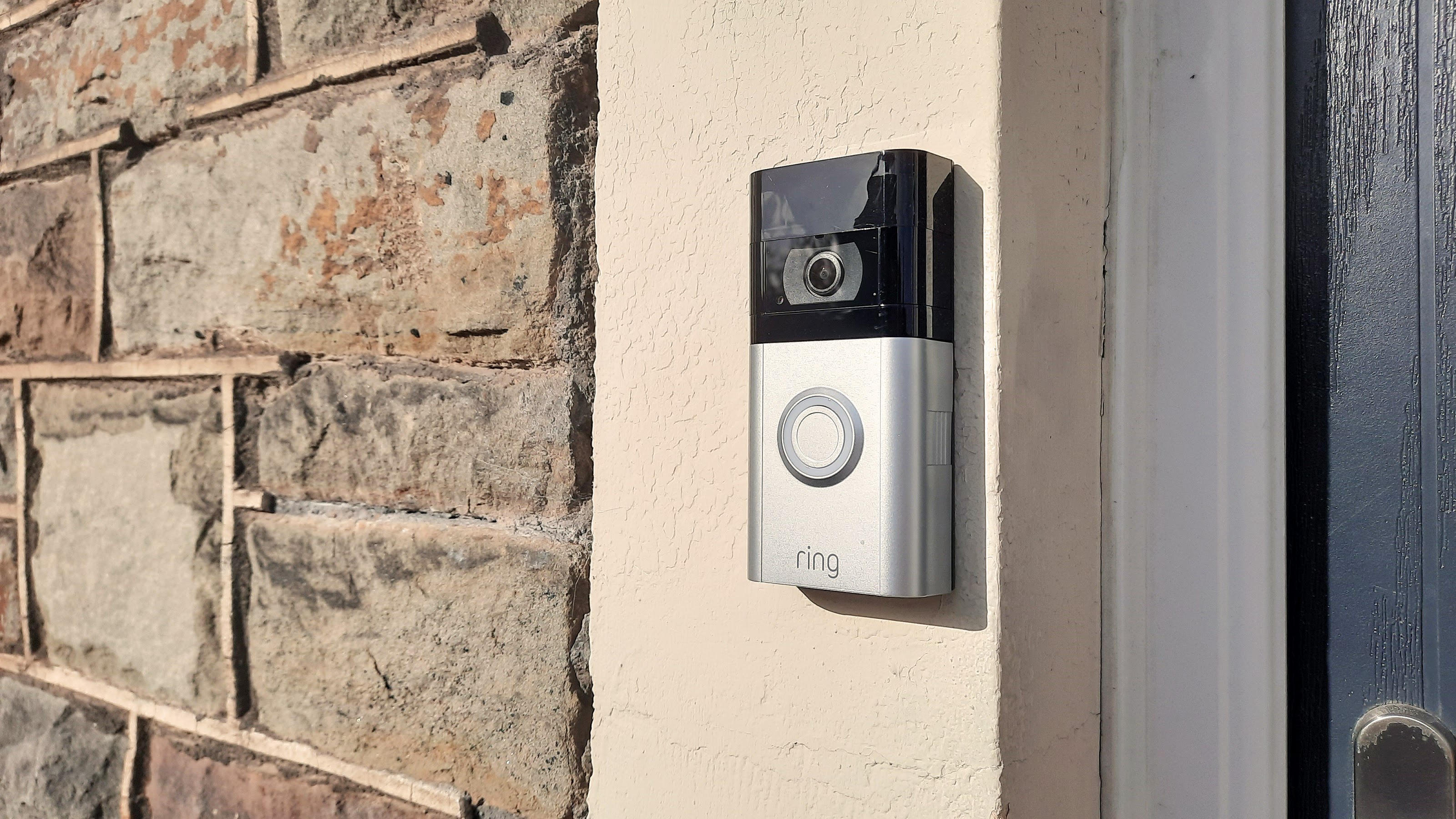
The popularity of the best video doorbells is increasing every year as more companies and individuals recognize their usefulness. A camera on your property can provide an extra layer of security, and you'll never miss a visitor or a delivery again, even when you're out and about.
These doorbells connect to your WiFi, allowing you to stay connected through the accompanying app on your phone. Of course, it's important to consider not just the product itself, but also the software that supports it. How user-friendly is the app? How quickly do you receive alerts? How many customizable options are available?
All that is on top of considering the quality of the smart video doorbell you need, whether wired or battery-powered, whether you need a security light, too, and, of course, how much you're looking to spend. There are also dedicated security models, so if you're concerned about that, it's worth checking out our best wireless security camera guide.
Cost is a big factor when choosing a video doorbell, as this can vary wildly, even beyond the upfront cost. Some devices will let you slot in a memory card so you can store and access video footage after it's happened, while others, including big brands like Ring, add a subscription cost for cloud storage. Without that, you lose a lot of features, and the security value drops – so longer-term costs are worth considering, too.
Whatever you go for, if it's on this list, we think it’s one of the best video doorbells out there, meaning you get high-quality video, night vision, two-way audio via the app, and a build quality that is robust enough to live outdoors in nearly any climate.
The best video doorbells we recommend in 2025
Why you can trust Top Ten Reviews
Top Ten Reviews is on a mission to review everything we feature in our buyer's guides. Still, while we work hard to make this a reality—or where this isn't possible—some of our guides still feature rankings based on our team's considerable expertise and research.
While we haven't been able to test any of the units in this guide in person, we've instead honed in on top-rated brands and used our knowledge of the best features to help you make the right decision for your home, all for the best price.
The best video doorbell overall
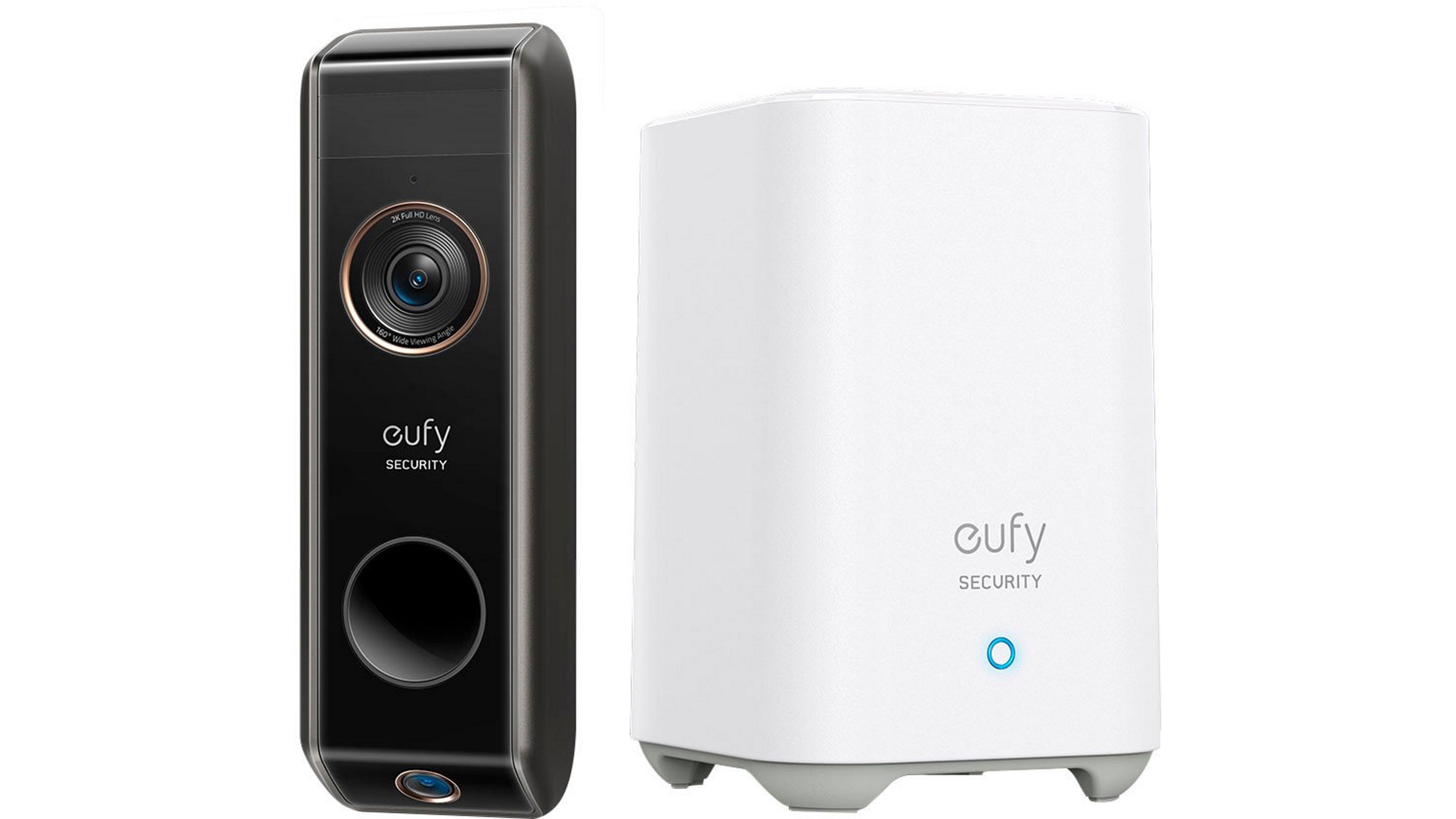
1. eufy Security Dual Cam Video Doorbell
Our expert review:
Specifications
Reasons to buy
Reasons to avoid
With its user-friendly interface, no hidden features behind a paywall, and incredible viewing angles, the eufy Video Doorbell Dual exceeded our expectations. The dual camera view in the app is the most striking feature of this doorbell, and unlike other doorbells that show a square image, eufy's offering shows you the entire floor, which makes it easier to recognize packages and notice if someone takes them.
The Doorbell captured everything from the ceiling to the doorstep, and we could monitor the activity of anyone who came near our front door. The 2-way communication feature allowed us to speak with anyone outside, or we could quickly respond like "just leave it there" or "we'll be right with you." There are multiple options for customizing chimes, which can be set for both home and away modes.
There are a few ways to set modes on your doorbell, including geofencing, which will automatically switch your doorbell to "away" mode when you're not home. Instead of manually setting a schedule, you can use the app to switch between "home" and "away" modes as needed. The doorbell also has other automation features if you have other eufy devices around your home, such as motion detection or smart locks.
The doorbell can distinguish between people, animals, and packages, providing a customized alert for each. The eufy Video Doorbell Dual records a short clip of any activity and stores it on the Homebase. This means there are no additional charges for cloud storage, and your footage is less likely to be stolen through a data security breach. The device is compatible with both Alexa and Google Assistant speakers or displays, and you can use Chromecast to get a live feed of your front porch.
The best Ring doorbell
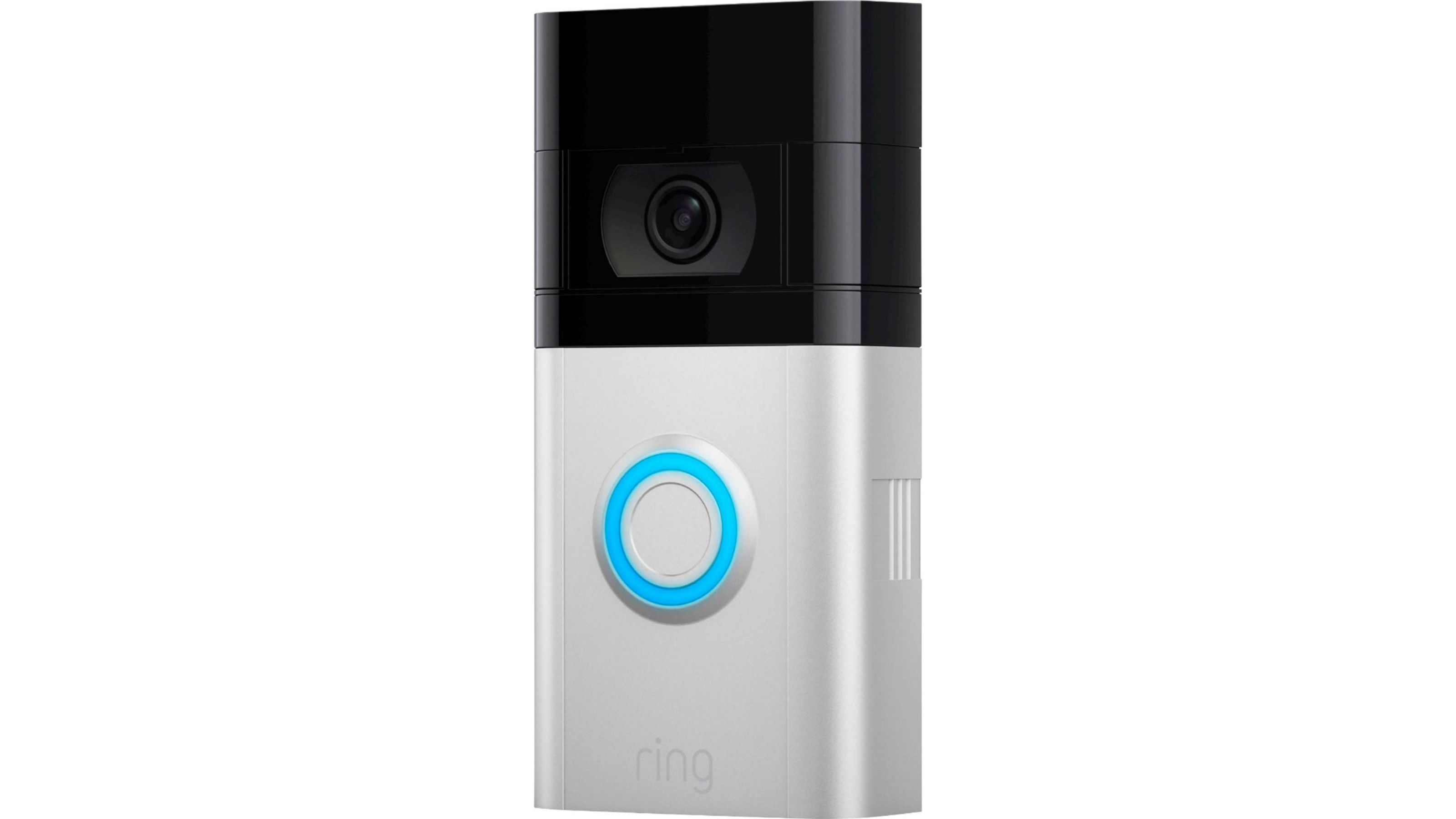
2. Ring Video Doorbell 4
Our expert review:
Specifications
Reasons to buy
Reasons to avoid
The Ring Video Doorbell 4 is one of the newer additions to the Ring family, with a pre-roll feature that captures four seconds of video footage before motion is detected. However, if you already own an older generation Ring doorbell, there aren't many fresh features that would warrant an upgrade (explaining the less-than-perfect score). Although the Ring Video Doorbell 4 remains a great option for those looking to join the smart doorbell market, it is not the only good entry point.
The app's draggable lines make adjusting motion detection zones easy and intuitive, and during our testing, the wide and clear view from the doorbell camera showed our relatively narrow front (or back) patio area in full. We had to adjust the motion detection zones to prevent being bombarded with alerts for passers-by on the adjacent road, but this was a straightforward process.
As mentioned, the pre-roll video feature is one of the standout features of the Ring Video Doorbell 4. We found this particularly useful when testing the device for deliveries, as if couriers in your area have a habit of ringing the doorbell and leaving before you can answer it, you can use the Ring app to see what happened right before the incident. This feature is not only convenient for everyday situations but can also be vital for security purposes.
The Ring app is still as fantastic as it has always been, with fast loading times and clear navigation. We had no trouble pulling up the video when needed; the two-way audio always worked brilliantly. We also appreciated the 'quick reply' message feature, which allowed us to let visitors know that we were out or that we might take a little while to reach the door.
The best video doorbell for advanced features
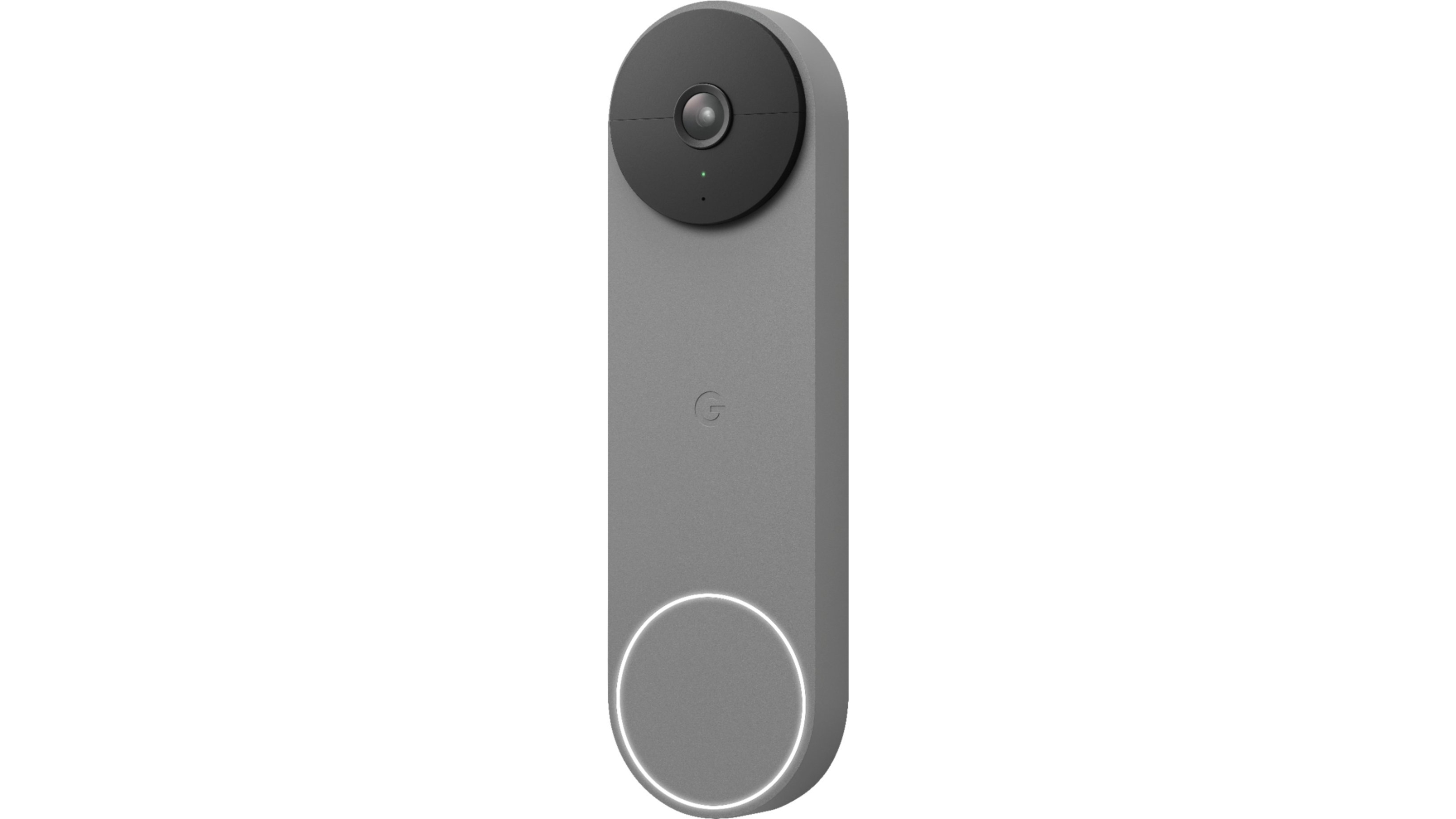
3. Google Nest Wi-Fi Video Doorbell
Our expert review:
Specifications
Reasons to buy
Reasons to avoid
The Google Nest Doorbell Battery is a top-of-the-line wireless doorbell that offers many features and seamless integration with your smart home. However, a few drawbacks keep it from being a perfect device.
One of the standout features of the Google Nest Doorbell Battery is its ability to integrate with Google Assistant-powered smart homes. Once added to your account, you can opt to have your Google Home Mini alert you when someone is at the door. You can also pre-set messages to let callers know you're on your way, which is helpful if you're not always close to the front door or don't have your phone on hand.
However, the device has limited options for chimes if you don't already have a Google Assistant speaker at home, as you can only use your existing chime if you hardwire the doorbell. However, the Nest Doorbell Battery's intelligent detection features are impressive, with package detection, animal and vehicle recognition, and facial recognition for familiar faces (with a Nest Aware subscription).
The device's aspect ratio of 3:4 means more length and less width to the image, which is ideal for fielding couriers and receiving packages. The 6x zoom also allows for a closer look at anything interesting. We were impressed with the battery life of our doorbell during testing. At the end of the testing period, the battery still had 60% charge remaining. The app indicates that this amount of charge should last for another two months based on the current settings. Additionally, you can enable the Automatic Battery Saver feature to reduce recordings when the battery has less than seven days of charge remaining.
If you subscribe to Nest Aware, you can access all the features the Google Nest Doorbell Battery offers. This includes 60 days of storage and facial recognition for familiar faces.
The best value Ring Video Doorbell
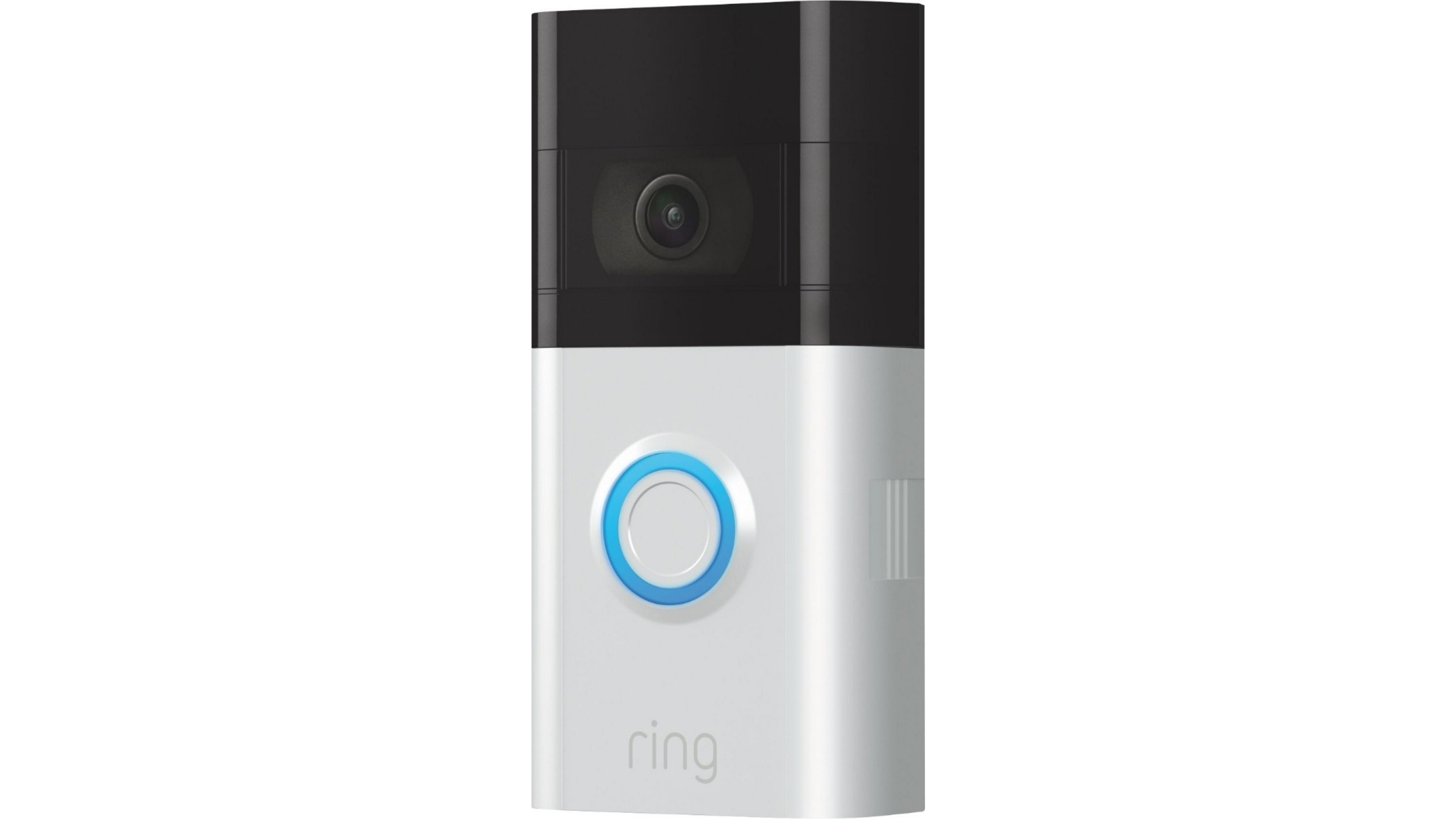
4. Ring Video Doorbell 3
Our expert review:
Specifications
Reasons to buy
Reasons to avoid
The Ring Video Doorbell 3 is one of the more popular doorbells by the Amazon-owned brand. It's an upgrade from Doorbell 2 with the option to connect to 2.4 or 5G networks (rather than just the latter), advanced motion zone detection, and silent mode.
The Ring Video Doorbell 3 design is larger than your average doorbell and one of the bulkier Ring video doorbells. If you're not a fan of the standard color, you can buy an interchangeable faceplate directly from Ring to better suit the vibe of your home.
It's available as a hard-wired or battery-powered video doorbell to suit your installation requirements. Our editor, Jen, opted to review the Doorbell 3 as a wireless, battery-powered device - and she bought the Blue Metal faceplate (very nice). To install, it was a matter of removing the existing doorbell, using the supplied kit to mount it next to the front door, and connecting it to the Ring app.
Jen found the app easy to navigate during the set-up process with a step-by-step guide and used it to monitor the outside of her front door. In the app, you can grant access to live streaming, engage with two-way talk, and view missed doorbell rings. Jen found the two-way talk feature particularly useful, especially when she was expecting a delivery she wasn't at home for - she simply clicked on the notification when the doorbell rang and "answered" it remotely.
As with all Ring devices, you will benefit the most from the app by signing up for Ring Protect. And be prepared to charge the Doorbell 3 every 25 days, allowing up to 6 hours to fully recharge.
The best video doorbell on a budget
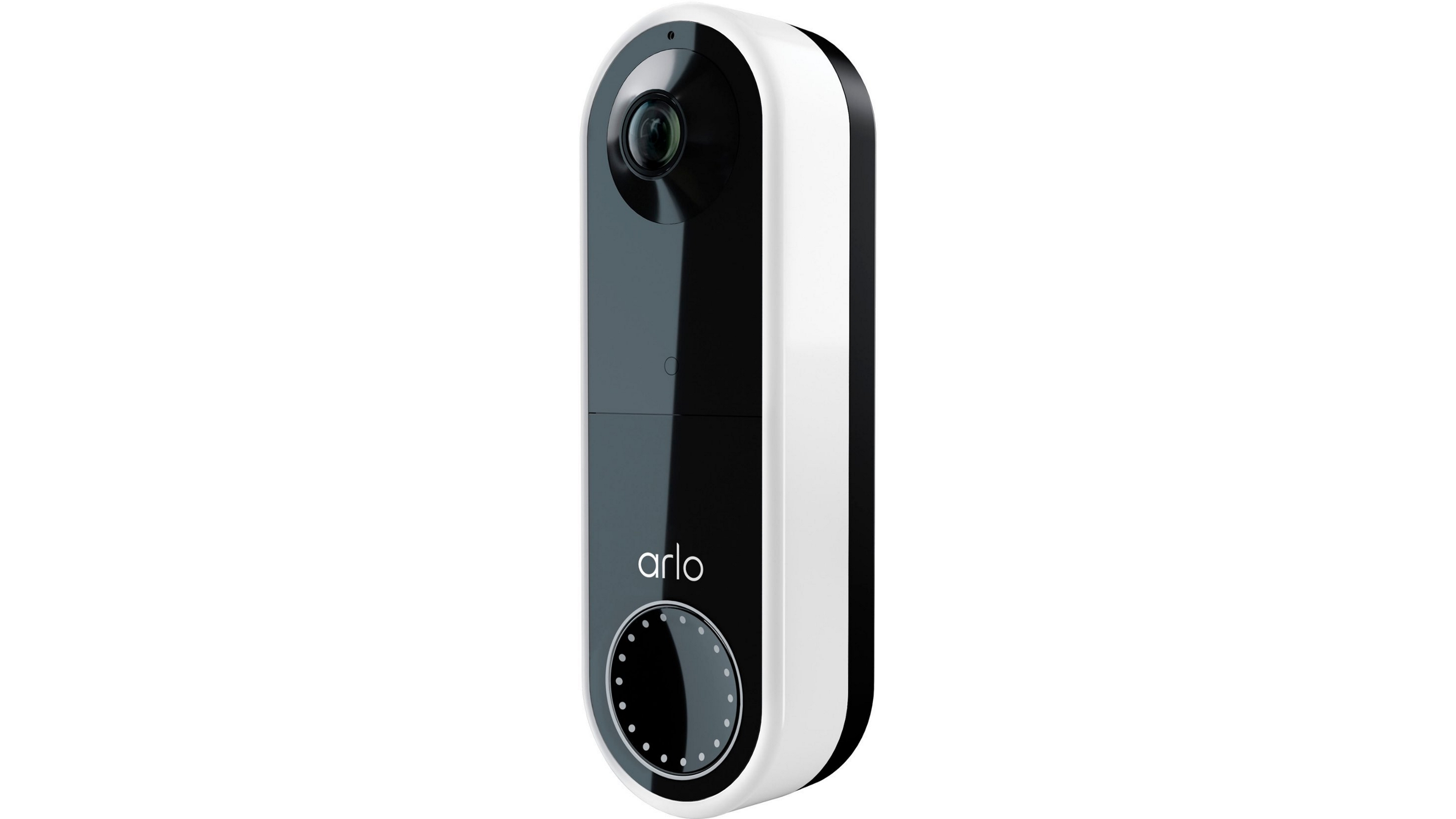
5. Arlo Essential Wi-Fi Smart Video Doorbell
Specifications
Reasons to buy
Reasons to avoid
The Arlo Essential Video Doorbell is a highly capable and efficient device that packs a lot of features into a slim and sleek design. Despite its name, this doorbell is far from basic, offering users excellent 1080p video quality with a wide 180-degree field of view and clear two-way audio that allows for easy communication with anyone who rings your doorbell.
The Arlo app is a standout, giving you plenty of options and features to play around with. There's a lot to explore and experiment with, from cloud-based storage for your videos to integration with Alexa, Google Assistant, and HomeKit. The app is intuitive and easy to use, making it simple to customize your settings and preferences to suit your needs.
The Arlo Essential Video Doorbell also lets people leave messages. If you're not available to answer the door when someone rings, the doorbell allows visitors to leave a message that you can check later at your convenience. This great feature adds a lot of convenience and flexibility to the device. Both hard-wired and battery-powered versions of the doorbell are available.
The best premium video doorbell
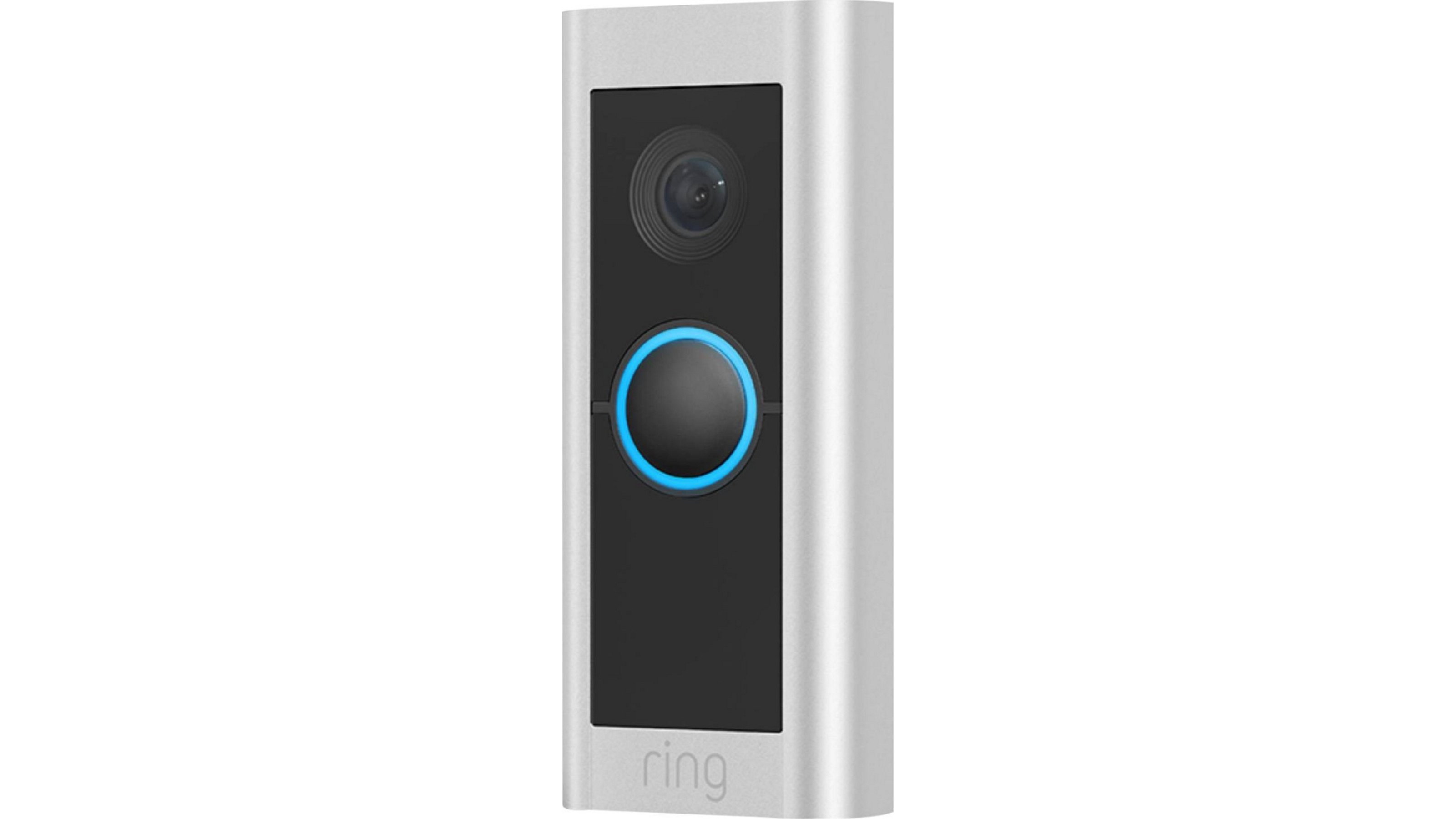
6. Ring Video Doorbell Pro 2
Specifications
Reasons to buy
Reasons to avoid
The Ring Video Doorbell Pro 2 is a great investment for anyone who wants a premium security system. It boasts a 1536 x 1536 resolution video and clear two-way audio, which makes it a standout option in the market. Its night vision feature makes it even more impressive, which captures color footage in low-light conditions. This means you can see who is at your door, even after dark.
Note that the Ring Video Doorbell Pro 2's video is in a 1:1 ratio, which allows you to see the entire length of anyone at your door. It can also spot packages left, making it a great option for those who frequently receive deliveries.
While the Ring Video Doorbell Pro 2 is a great product, it is worth mentioning that you will need to pay for a subscription to the cloud-based storage service to get access to all of its best features, like the integration with Alexa. This means that alerts can ring through to your Echo device, or in the US, Alexa can even answer the door for you. Unfortunately, the Ring Video Doorbell Pro 2 isn't compatible with HomeKit or Google Assistant, but this may change.
How to choose the best video doorbell for your home
When someone calls your door, the video doorbell is only as good as the video and audio.
The higher the video resolution, the sharper the footage captured. Some video doorbells feature 720p HD recording, but those looking for the best clarity will want a video doorbell that can record in 1080p Full HD. While footage recorded in 720p is adequate, footage at 1080p will have much more detail, making it much easier to work out what’s going on and who’s visiting your front door.
It’s not just video capture during daylight hours that you need to think about, but night-time as well. Video doorbells handle this in a couple of different ways, with some using motion-activated LEDs to light the area in front of the camera, while others use infrared night vision to see what’s happening. Unlike motion-activated LEDs, infrared night vision records footage in black and white.
The field of view shouldn’t be ignored either. Some video doorbells, like the Ring Video Doorbell 2, feature 160-degree viewing angles, which, depending on where it is positioned, will allow you to potentially see your whole porch and driveway. Others feature narrower fields of view so you won’t get the same ultra-wide coverage.
It’s not just about the picture quality - audio can be just as important when looking for the best video doorbell. Units should have microphones and speakers built into them, allowing you not only to hear what’s being said but also to reply and have a brief conversation, even if that’s to tell the FedEx delivery man to leave the package on the porch.
Sign up to receive the latest news, reviews, buying guides and deals direct to your inbox

Caroline is the Deputy Editor of Top Ten Reviews. Joining Future at the start of 2021, she has since served her time across all of the company’s home titles, including Real Homes, Ideal Home, Livingetc, and Homes & Gardens. Caroline has spent years testing out products for the home, which she trials in her cozy one-bedroom basement apartment in Suffolk, UK. She’s passionate about helping people choose the very best appliances, tech, and anything else that might make their lives easier, more cost-efficient, or just more fun.
